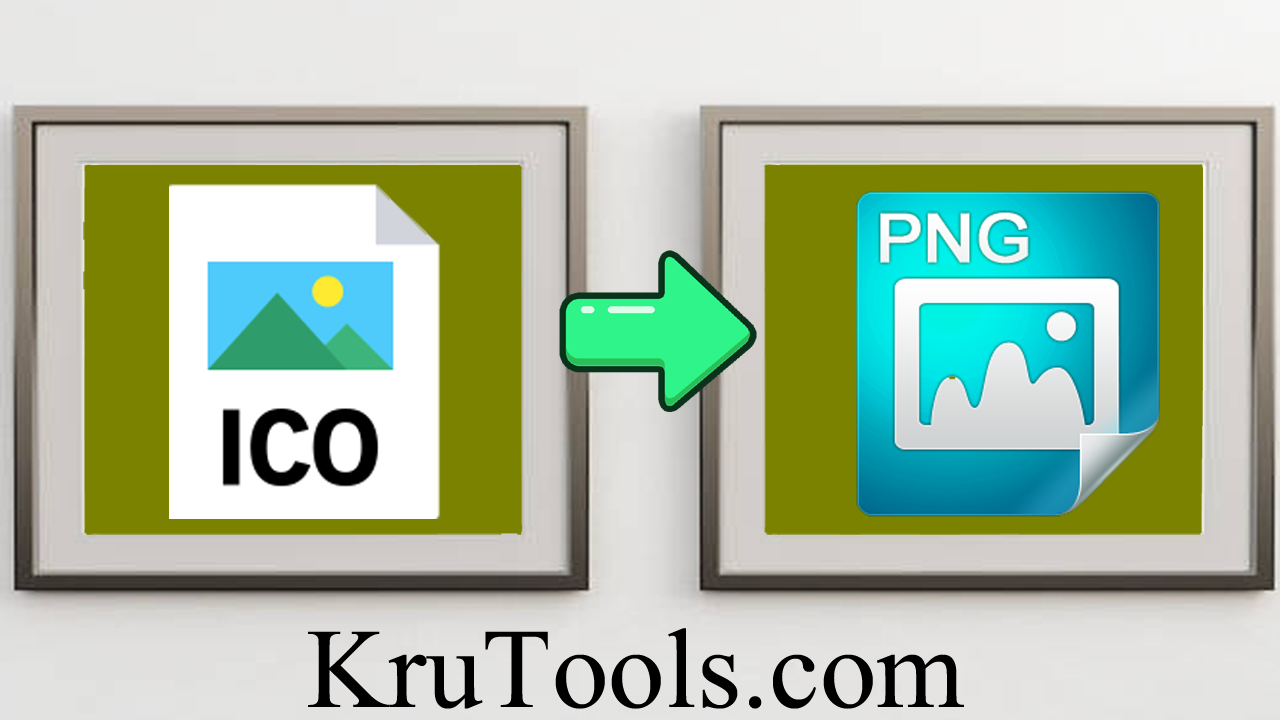
Developing a Passion for Social Media ROI: Using Data to Make Strategic Changes and Accelerate Development

In today’s digital landscape, social media has become an indispensable tool for businesses of all sizes. However, simply having a presence on various platforms is not enough. To truly harness the power of social media, it’s crucial to track your progress and make data-driven adjustments. This article will delve deep into the world of social media analytics, providing you with the knowledge and tools to optimize your strategy and achieve measurable results.

The Importance of Social Media Analytics
Before we dive into the specifics, let’s take a moment to understand why social media analytics are so vital for your business:
- Measuring ROI: Analytics help you quantify the return on investment for your social media efforts.
- Identifying trends: By analyzing data, you can spot emerging trends and capitalize on them early.
- Understanding your audience: Analytics provide insights into your followers’ demographics, interests, and behaviors.
- Optimizing content: Data helps you determine which types of content resonate best with your audience.
- Improving engagement: By tracking engagement metrics, you can refine your strategies to boost interaction.
Now that we’ve established the importance of analytics, let’s explore how to effectively utilize them to track your progress and make strategic adjustments.
Choosing the Right Analytics Tools
The first step in leveraging social media analytics is selecting the appropriate tools for your needs. Here’s a comparison of some popular options:
| Tool | Features | Pricing | Best For |
|---|---|---|---|
| Google Analytics | Comprehensive web analytics, social media tracking | Free (with paid options) | Overall website performance |
| Hootsuite Insights | Social media monitoring, sentiment analysis | Starts at $89/month | Multi-platform social media management |
| Sprout Social | Social media management, analytics, reporting | Starts at $99/user/month | In-depth social media analytics |
| Buffer Analyze | Social media analytics, reporting | Starts at $35/month | Small to medium-sized businesses |
| Socialbakers | AI-powered social media marketing suite | Custom pricing | Enterprise-level social media management |
| Keyhole | Real-time social media analytics, hashtag tracking | Starts at $49/month | Hashtag and influencer campaigns |
| Tailwind | Pinterest and Instagram analytics and scheduling | Starts at $9.99/month | Visual-centric social media strategies |
| Iconosquare | Instagram and Facebook analytics | Starts at $49/month | Instagram-focused businesses |
| Brandwatch | Social listening, consumer research | Custom pricing | Large-scale social media intelligence |
| Talkwalker | Social media analytics, brand monitoring | Custom pricing | Global brand monitoring and crisis management |
When choosing a tool, consider factors such as your budget, the platforms you’re most active on, and the specific metrics you want to track. Many tools offer free trials, so take advantage of these to find the best fit for your needs.
Key Metrics to Track
Once you’ve selected your analytics tools, it’s important to focus on the right metrics. Here are some essential KPIs to monitor:
- Reach: The number of unique users who see your content.
- Engagement: Likes, comments, shares, and clicks on your posts.
- Follower growth: The rate at which your audience is expanding.
- Click-through rate (CTR): The percentage of people who click on your links.
- Conversion rate: The percentage of users who take a desired action (e.g., sign up for a newsletter, make a purchase).
- Share of voice: How much of the conversation in your industry your brand owns compared to competitors.
- Sentiment: The overall tone of the conversations about your brand (positive, neutral, or negative).
- Response time: How quickly you reply to customer inquiries or comments.
By tracking these metrics consistently, you’ll gain a comprehensive understanding of your social media performance and be able to identify areas for improvement.
Analyzing Your Data and Making Adjustments
Collecting data is just the first step. The real value comes from analyzing this information and using it to make strategic adjustments. Here’s a step-by-step process to help you do just that:
-
Set clear goals: Define what success looks like for your social media efforts. Are you aiming to increase brand awareness, drive website traffic, or boost sales?
-
Establish benchmarks: Look at your historical data and industry standards to set realistic benchmarks for each metric.
-
Monitor regularly: Check your analytics on a consistent basis - weekly or monthly, depending on your posting frequency and goals.
-
Look for patterns: Identify trends in your data. For example, do certain types of posts consistently perform better than others?
-
Compare across platforms: Analyze how your performance varies across different social media networks. You may find that your audience engages more on one platform than others.
-
Conduct A/B testing: Experiment with different content types, posting times, and strategies to see what resonates best with your audience.
-
Adjust your strategy: Based on your findings, make data-driven adjustments to your social media strategy. This might involve changing your posting frequency, altering your content mix, or focusing more on certain platforms.
-
Re-evaluate and iterate: Social media is constantly evolving, so it’s important to continually reassess your strategy and make adjustments as needed.
Human Recommendations and Best Practices
As someone who has worked with numerous businesses to optimize their social media strategies, I can offer some additional recommendations based on real-world experience:
-
Don’t get overwhelmed by data: Focus on the metrics that align most closely with your business goals. It’s better to track a few key KPIs thoroughly than to spread yourself thin trying to monitor every possible metric.
-
Look beyond vanity metrics: While likes and followers are important, don’t forget to track metrics that directly impact your bottom line, such as website traffic and conversions.
-
Invest in visual content: Across all platforms, visual content tends to perform better. Consider investing in high-quality images, videos, and infographics to boost engagement.
-
Engage authentically: Social media is about building relationships. Use your analytics to understand what your audience wants, but don’t lose the human touch in your interactions.
-
Stay up-to-date with platform changes: Social media platforms frequently update their algorithms and features. Stay informed about these changes and adjust your strategy accordingly.
-
Consider the customer journey: Use your analytics to map out the customer journey on social media. Understand how users move from awareness to consideration to conversion, and optimize each stage of this process.
-
Leverage user-generated content: Encourage and showcase content created by your followers. This not only provides social proof but also boosts engagement and loyalty.
-
Don’t neglect social listening: Look beyond your own metrics to understand what people are saying about your brand and industry across social media.
Case Studies and Social Proof
To illustrate the power of social media analytics, let’s look at some real-world examples:
-
Buffer’s Transparency: Buffer, a social media management platform, used analytics to guide their content strategy. By analyzing their blog performance, they discovered that long-form, data-driven content performed best. This led them to focus on creating comprehensive guides and case studies, resulting in a 40% increase in blog traffic source: Buffer Blog.
-
Airbnb’s Instagram Success: Airbnb used analytics to identify that user-generated content performed exceptionally well on Instagram. They launched the #WeAccept campaign, encouraging users to share their travel experiences. This strategy led to a 341% increase in engagement and a 22% increase in bookings source: Sprout Social.
-
Dove’s Real Beauty Campaign: Dove used social listening tools to understand conversations around beauty standards. This insight led to their “Real Beauty” campaign, which resonated strongly with their audience and resulted in a 30% increase in sales source: Marketing Week.
These examples demonstrate how effective use of social media analytics can lead to significant business results.
Frequently Asked Questions
To address some common queries about social media analytics:
-
Q: How often should I check my social media analytics?
A: It’s recommended to check your analytics at least weekly for a general overview, and monthly for a more in-depth analysis. However, during specific campaigns or events, you might want to monitor your metrics more frequently. -
Q: What’s the difference between reach and impressions?
A: Reach refers to the number of unique users who see your content, while impressions are the total number of times your content is displayed, regardless of whether it was clicked or not. One user can have multiple impressions for a single piece of content. -
Q: How can I improve my engagement rate?
A: To boost engagement, focus on creating high-quality, relevant content that resonates with your audience. Use analytics to determine the best times to post, experiment with different content types, and actively respond to comments and messages. -
Q: Are paid social media analytics tools worth the investment?
A: While free tools can provide valuable insights, paid tools often offer more comprehensive data and features. The investment can be worthwhile if you’re looking for in-depth analytics, competitor analysis, or managing multiple accounts. -
Q: How do I measure the ROI of my social media efforts?
A: To calculate ROI, track conversions that result from your social media efforts (e.g., purchases, sign-ups) and assign a monetary value to these actions. Compare this value to your social media costs (including ad spend, tools, and labor) to determine your ROI.
Conclusion
Utilizing social media analytics to track your progress and make adjustments is not just a best practice—it’s a necessity in today’s competitive digital landscape. By choosing the right tools, focusing on key metrics, and consistently analyzing and adjusting your strategy, you can maximize the impact of your social media efforts and drive real business results.
Remember, social media is an ever-evolving field. Stay curious, keep learning, and don’t be afraid to experiment. With the right approach to analytics, you can turn data into actionable insights that propel your social media presence to new heights.
For more information on social media analytics and strategy, check out these additional resources:
- Social Media Examiner
- HubSpot’s Social Media Blog
- Hootsuite Blog
- Sprout Social Insights
- Neil Patel’s Digital Marketing Blog
By staying informed and leveraging the power of analytics, you’ll be well-equipped to navigate the dynamic world of social media marketing and achieve your business goals.






